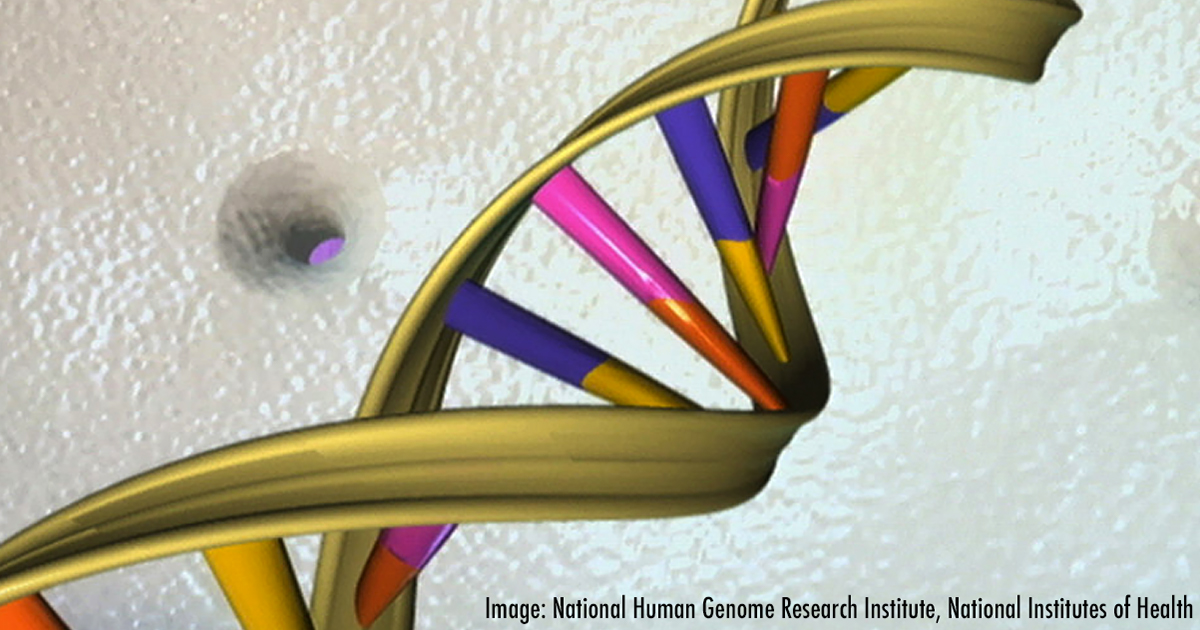Eye Care Plays Big at Gene and Cell Meeting

Eye care commanded a key stage at the 21st Annual Meeting of the American Society of Gene & Cell Therapy (ASGCT) last week in Chicago. In all, 53 abstracts in retina were presented, but there were also presentations in glaucoma, corneal clouding, and even an ocular muscular disorder. Here are four presentations by companies in the retina space that reported advances in their preclinical or clinical programs.
ADVM-022 for nAMD
Adverum Biotechnologies presented a poster of preclinical findings that showed its gene therapy candidate ADVM-022 for neovascular age-related macular degeneration (nAMD) has the potential to provide long-term protection against choroidal neovascularization.1 Mehdi Gasmi, PhD, chief science and technology officer of Adverum, says the poster presented “the most robust set of data to date on ADVM-022.” He adds Adverum is on track to submit an investigational new drug (IND) application for ADVM-022 in the second half of this year.
ADVM-022 utilizes a proprietary vector capsid (AAV.7m8) carrying an aflibercept-coding sequence under the control of a proprietary expression cassette and is administered as a single intravitreal injection. At ASGCT, Dr. Gasmi reported that after 13 months, a single intravitreal injection of ADVM-022 was found to be safe and statistically significant (p<0.0001) in preventing the development of Grade IV lesions compared with the vehicle control group. The efficacy at 13 months was consistent with earlier-reported data, demonstrating that ADVM-022 induced long-term efficacy that was comparable to aflibercept (Eylea, Regeneron).
Additionally, mean choroidal neovascularization complex areas were significantly smaller (p<0.0001) in the ADVM-022 and aflibercept groups versus vehicle upon spectral domain optical coherence tomography. ADVM-022 induced sustained intraocular expression of aflibercept for up to 16 months following a single intravitreal injection, and robust levels of aflibercept protein were detected up to 16 months in the aqueous and vitreous humor and, more importantly, in the retina and choroid tissues, where neovascularization occurs in nAMD.
EDIT-101 for LCA
The genome-editing company Editas Medicine had 10 scientific abstracts at ASGCT. Haiyan Jiang, PhD, vice president of preclinical sciences, reported on results of one study from among the abstracts – a submacular injection of the adeno-associated virus (AAV) vector EDIT-101 for the treatment of Leber congenital amaurosis (LCA) type 10 in long-tailed macaques.2
Dr. Jiang reported the surgical procedure, which involved submacular administration of EDIT-101, was well tolerated. Subretinal injection of the AAV5 vector showed clinically meaningful activity and induced a robust antibody response to AAV5 and/or SaCas9 gRNAs in photoreceptor cells. Further studies will aim to demonstrate an adequate molecular specificity and safety profile to support EDIT-101 for treatment of LCA10.
“We are making significant scientific advances in our programs to unlock the potential of CRISPR genome editing for making medicines,” says Charles Albright, PhD, chief scientific officer at Editas Medicine.
GS030-DP for Retinitis Pigmentosa
GenSight Biologics presented preclinical data on the gene therapy candidate GS030-DP for treatment of retinitis pigmentosa.3 Gael Stephant, CMC manager at GenSight, reported the AAV-vectorized agent will enter clinical-stage investigation sometime this year. The platform applies 590 nm of light stimulation to activate the agent. Stephant also reported on development of a bioassay to assess the activity of GS030-DP, which will allow the company to comply with regulatory requirements to move into pivotal studies.
OXB-201 for nAMD
Michelle Kelleher, PhD, BsC(Hons), of Oxford BioMedical reported on results of the Phase I dose-escalation safety study of the lentiviral vector OXB-201 (Retinostat), which demonstrated more than five years of stable protein expression in patients with advanced nAMD.4 Of 21 patients who received a subretinal injection, all demonstrated expression of detectable levels of the transgene angiostatin, and 20 demonstrated expression of detectable levels of the transgene endostatin. Reductions in active leakage at all dose levels were seen, which were associated with the expression levels of endostatin and angiostatin. Subretinal administration of OXB-201 has also been shown to be safe and well tolerated, Dr. Kelleher said.
REFERENCES
- Grishanin R, et al. AAV.7m8-aflibercept provides long term protection in a nonhuman primate model of wet macular degeneration over a one-year post-intravitreal vector administration. Presented May 17, 2018, 21st Annual Meeting of the American Society of Gene & Cell Therapy, Chicago.
- Jiang H, et al. Evaluation of tolerability and immunogenicity of EDIT-101 following subretinal injection in non-human primate. Presented May 18, 2018, 21st Annual Meeting of the American Society of Gene & Cell Therapy, Chicago.
- Stephant G, et al. A robust, highly sensitive cell-based assay for potency measurement of the AAV-vectorized optogenetic therapy, GS030-DP, developed to treat retinitis pigmentosa. Presented May 17, 2018, 21st Annual Meeting of the American Society of Gene & Cell Therapy, Chicago.
- Kelleher M, et al. OXB-201 (Retinostat), a lentiviral vector expressing endostatin and angiostatin, is safe, well tolerated and results in stable protein expression for more than 5 years in patients with advanced neovascular age-related macular degeneration. Presented May 18, 2018, 21st Annual Meeting of the American Society of Gene & Cell Therapy, Chicago.
For questions about this article, please contact Richard Mark Kirkner at Rich@healthegy.com.
